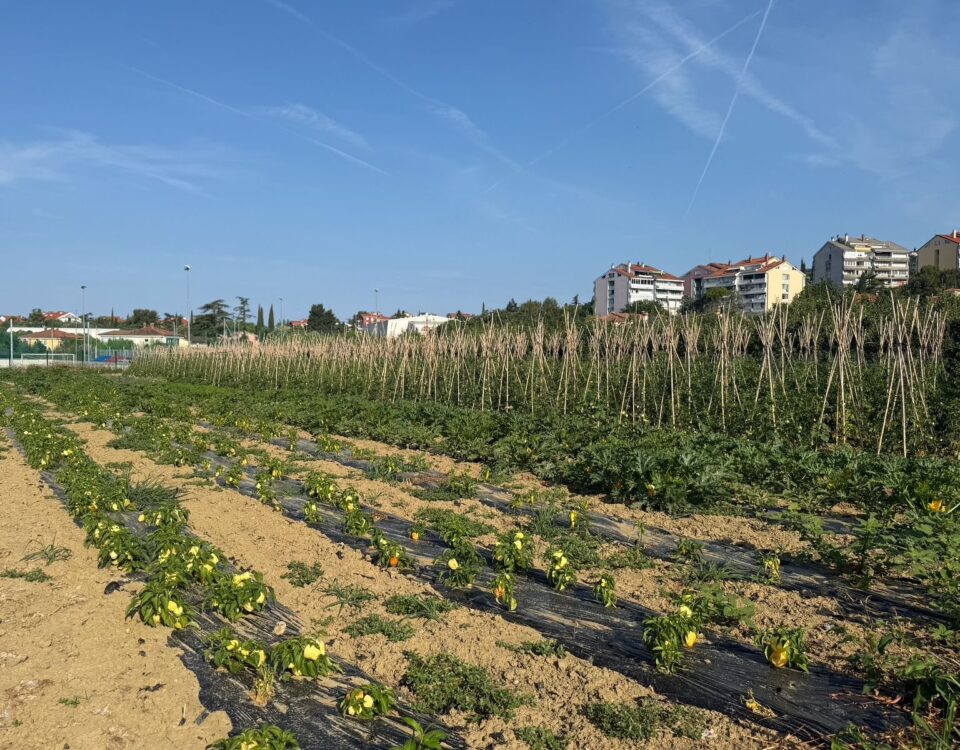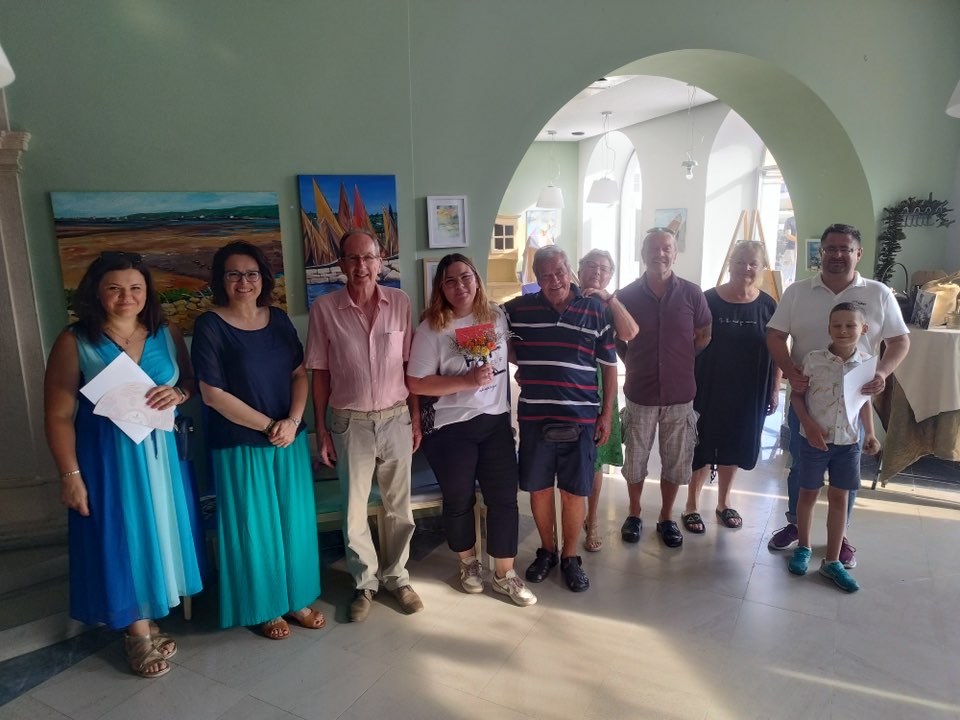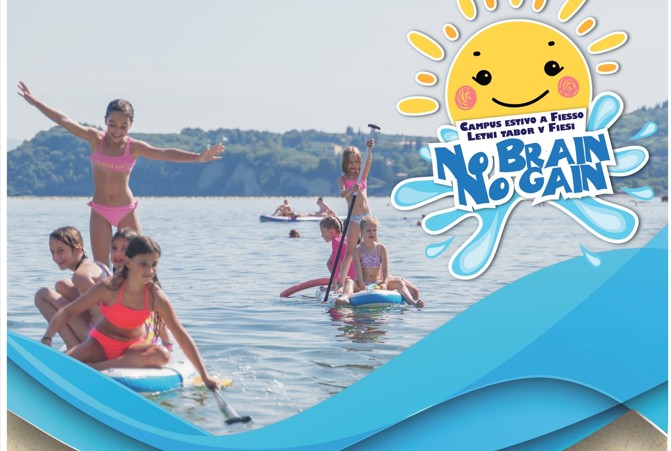Il premio Tartini per il 2021 alla Famea dei salineri
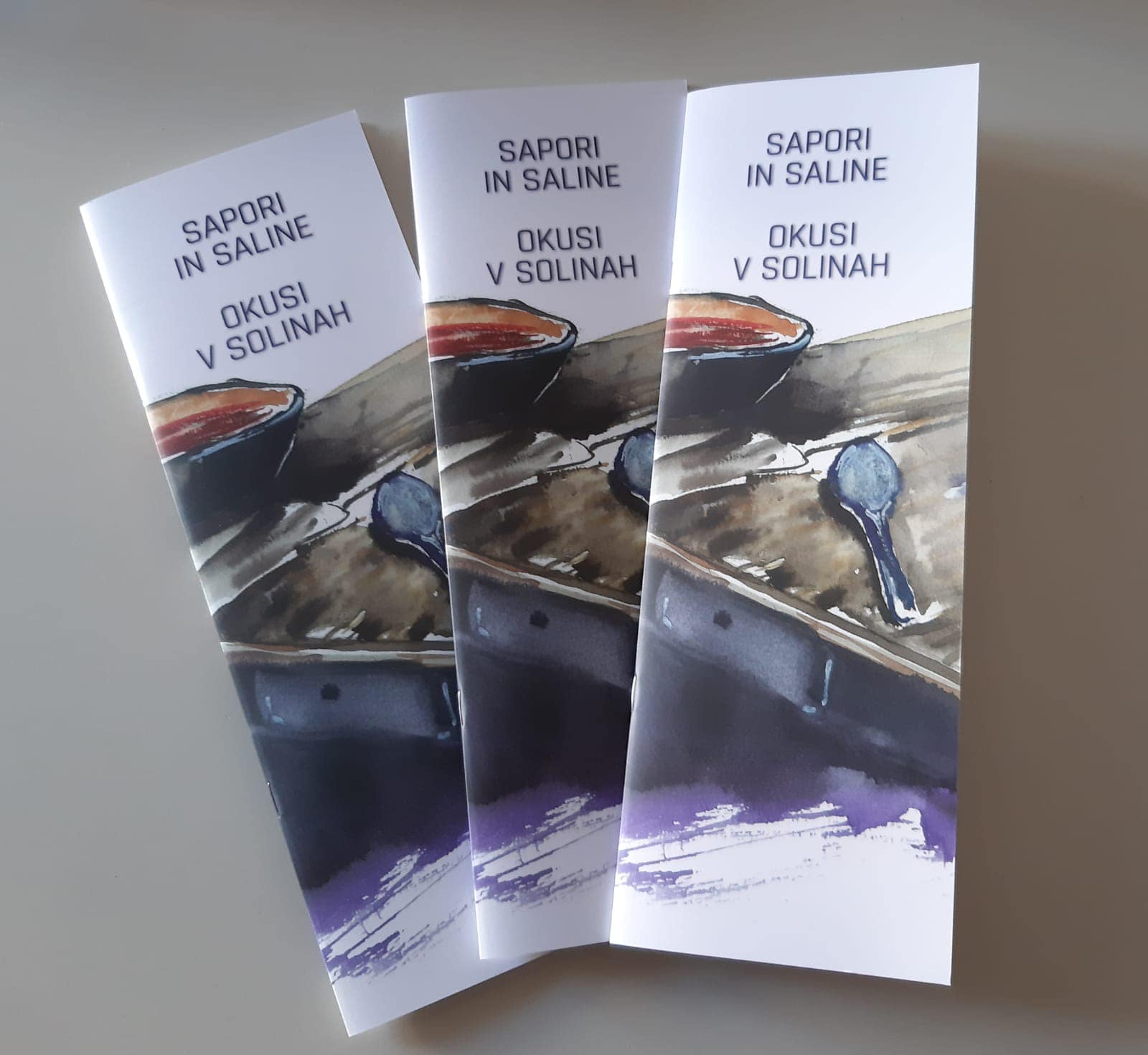
Sapori in saline
01/23/2022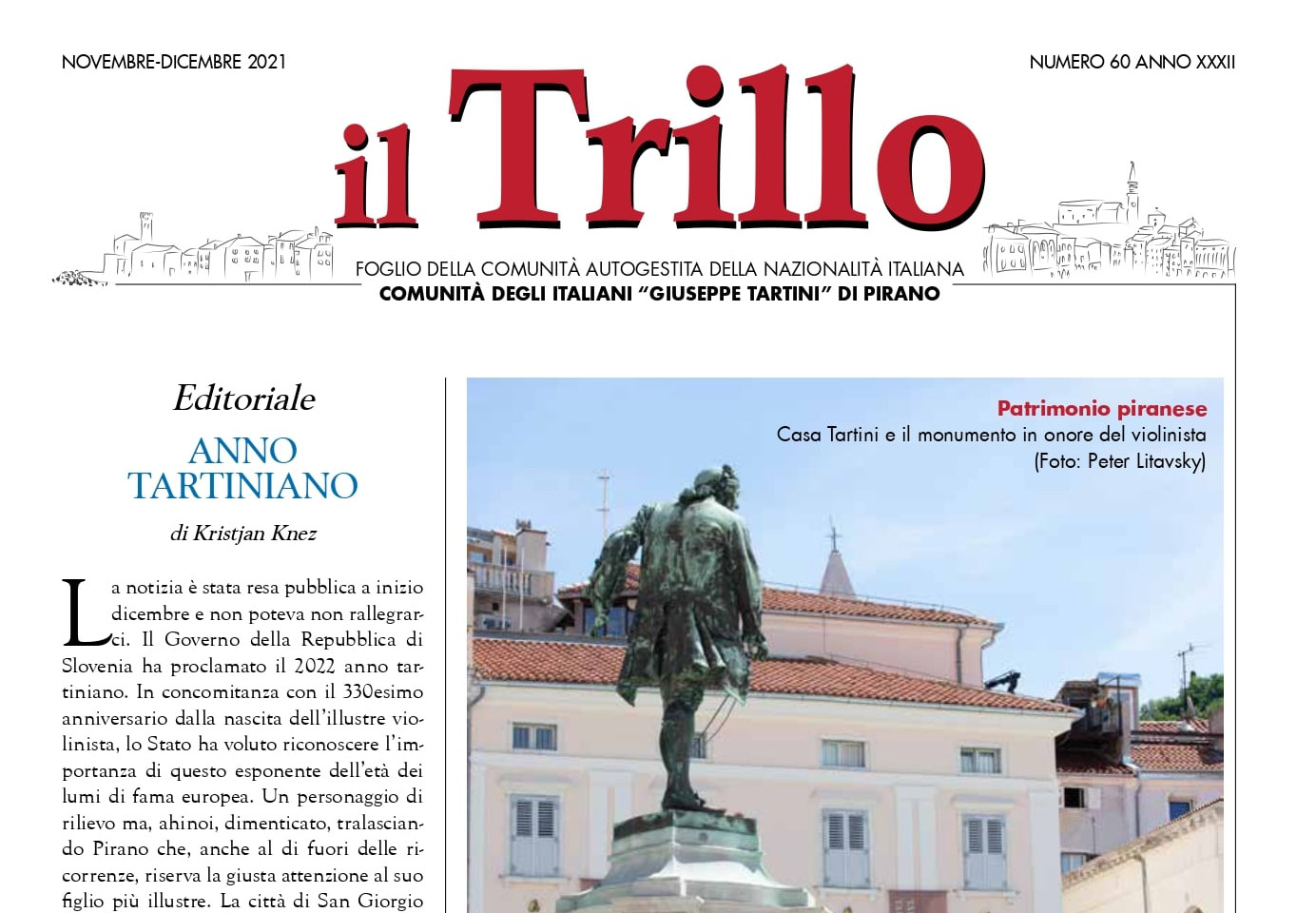
il Trillo n. 60
02/06/2022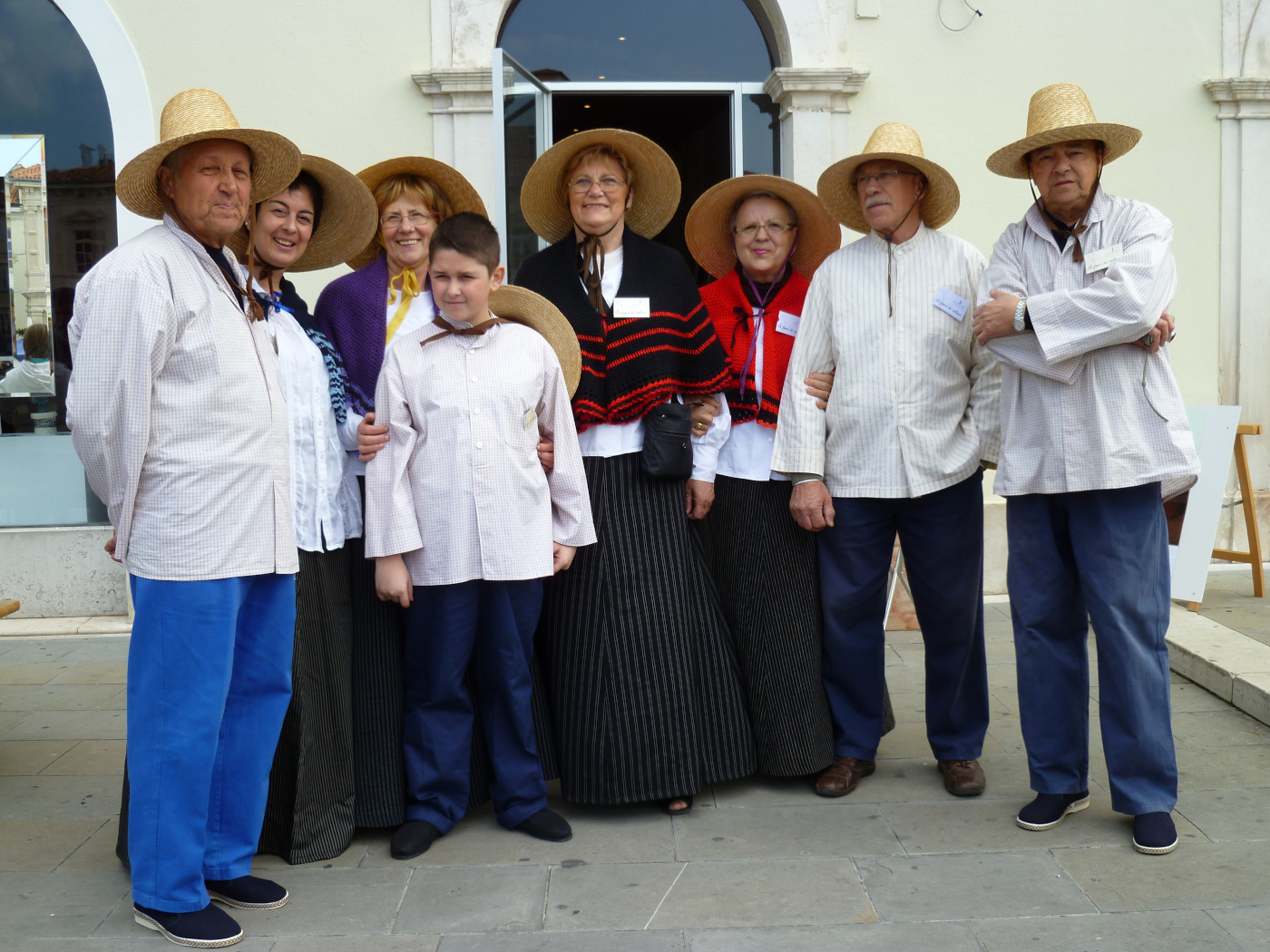
Il Sindaco di Pirano ha consegnato il Riconoscimento Tartini per l’anno 2021 al gruppo etnografico “La Famea dei salineri” della locale Comunità degli Italiani “Giuseppe Tartini”. Il riconoscimento è stato consegnato ai rappresentanti della Famea all’aperto e la consegna è stata registrata per pubblicarla l’8 febbraio, Giornata della cultura slovena.
Verrà, così, premiato l’impegno che in questi anni il gruppo ha messo nel recupero delle tradizioni legate al lavoro nelle saline di Sicciole, che rappresenta un unicum per quest’area e non solo.
Il gruppo è stato fondato nel 2004.
Negli anni hanno fatto parte del gruppo:
Norma Doljak, Giulio Ruzzier, Sara Doljak, Dragan Klarica, Anna Klarica e Fulvia Zudic in seguito Giorgina Rebol, Vittorio Lusa, Ondina Lusa, Lilijana Pincin, Franko Bratkovic, Rozana Bonin, Bruno Bonin, Marija Ana Rosso, Francesco Rosso, Giorgio Rosso, Anna Rosso, Dora Bencic, Mario Bencic, Christian Poletti, Dyego Tuljak e altri giovani dell ass. dei giovani della CNI, Irena Argentin Novak, Solidea Novak, Allegra Novak, Erika Argentin, Suzana Kogovsek Liturri, Francesco Liturri, Alenka Liturri, Domenico Liturri, Marisa Zottich De Rosario, Alessio De Rosario, Gloria Frlic, Francesca Frlic, Anna Frlic, Marni Vuk, Vita Rosso, Luna Rosso, Marko Ziber, Elsa Gasparini e Mattia Gasparini, Pia, Zan Jakob, Dora Kovac, Mojmir Kovac, Andrej Rojec, Andres Rojec, Amelie Rojec, Matej e altri bambini.

